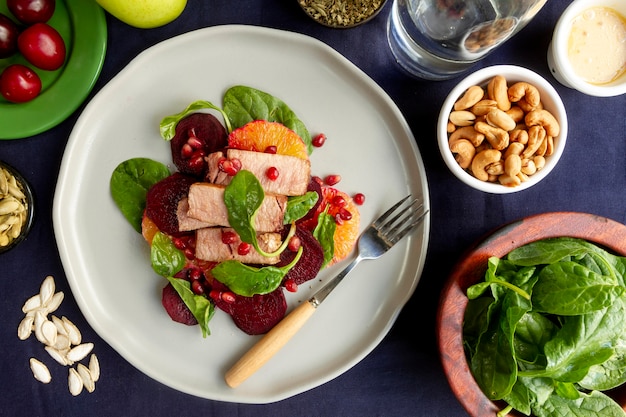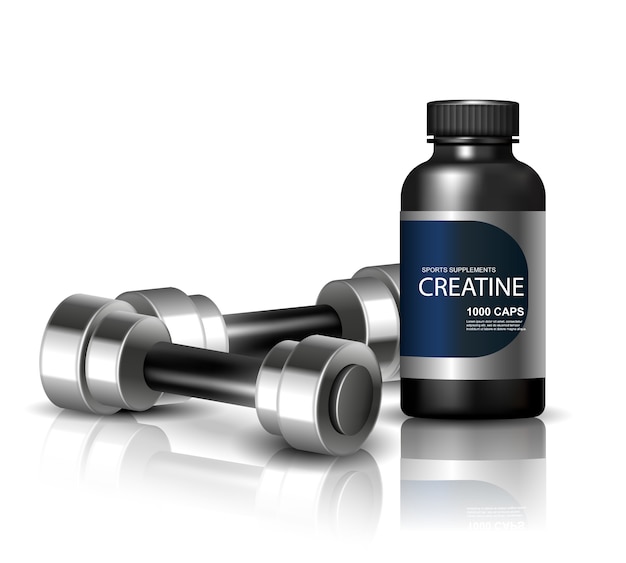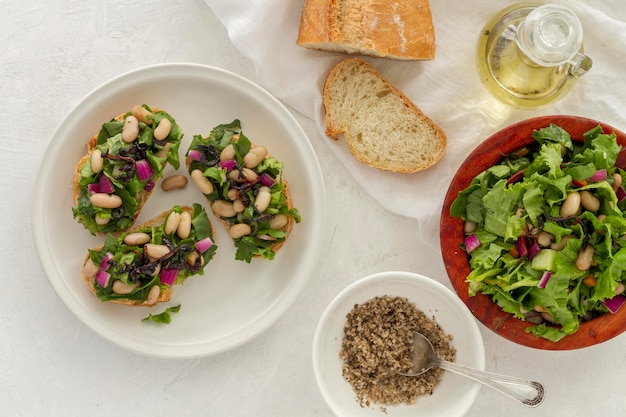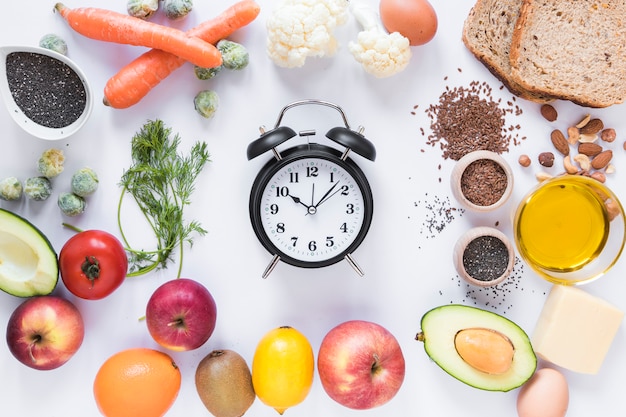Discover how simple meal prep habits can support healthy aging, boost energy, and promote long-term wellness—with actionable steps and progress checks.

As we age, our metabolism slows, muscle mass decreases, and nutrient absorption can become less efficient. These changes make it more important than ever to consume nutrient-dense, balanced meals consistently. Meal prep—planning and preparing meals in advance—empowers you to take control of your nutrition, reduce reliance on processed foods, and support long-term health.
Studies show that individuals who plan and prepare their meals are more likely to meet dietary guidelines, maintain a healthy weight, and experience better energy levels. For aging adults, this means improved joint health, sharper cognition, and stronger immunity.
Before jumping into meal prep, take stock of your current diet. Keep a 3-day food journal noting what you eat, when, and how you feel afterward. Look for patterns like:
This self-assessment is your baseline. Revisit it every 4 weeks to track improvements.
Start small. Instead of prepping all meals for the week, begin with:
Your goal should be sustainable. Aim for consistency over perfection. After two weeks, assess: Did you stick to your plan? Did you waste food? Adjust portion sizes or recipes as needed.
Each meal should include:
Supports muscle maintenance. Try chicken, fish, tofu, beans, or eggs.
Rich in antioxidants and fiber. Fill half your plate.
Sustain energy. Choose quinoa, brown rice, or sweet potatoes.
Include healthy fats like avocado, olive oil, or nuts to support brain health and nutrient absorption.

Choose 3–4 core recipes that use overlapping ingredients to reduce waste. For example:
Write your menu on a printable template or use a meal planning app. Include snacks like Greek yogurt, fruit, or mixed nuts to avoid energy dips.
Use these time-saving strategies:
Start with a 2-hour prep session on the weekend. As you build confidence, you’ll become faster and more efficient.
Every 4 weeks, evaluate your progress with these questions:
Celebrate small wins. If something isn’t working—like a recipe you don’t like or containers that leak—adjust without guilt.
Consistent meal prep supports:
Over time, these habits compound into greater independence, fewer health complications, and improved quality of life.
Aging gracefully isn’t about chasing youth—it’s about nurturing your body with intention. Meal prep is a powerful, practical tool that puts you in charge of your health. Start small, stay consistent, and use progress checks to stay motivated. With each prepared meal, you’re not just feeding your body—you’re investing in a healthier, more vibrant future.

Wellness

Wellness

Wellness

Wellness

Health

Wellness

Health

Fitness

Health

Wellness

Wellness
Health

Health

Fitness

Health

Health